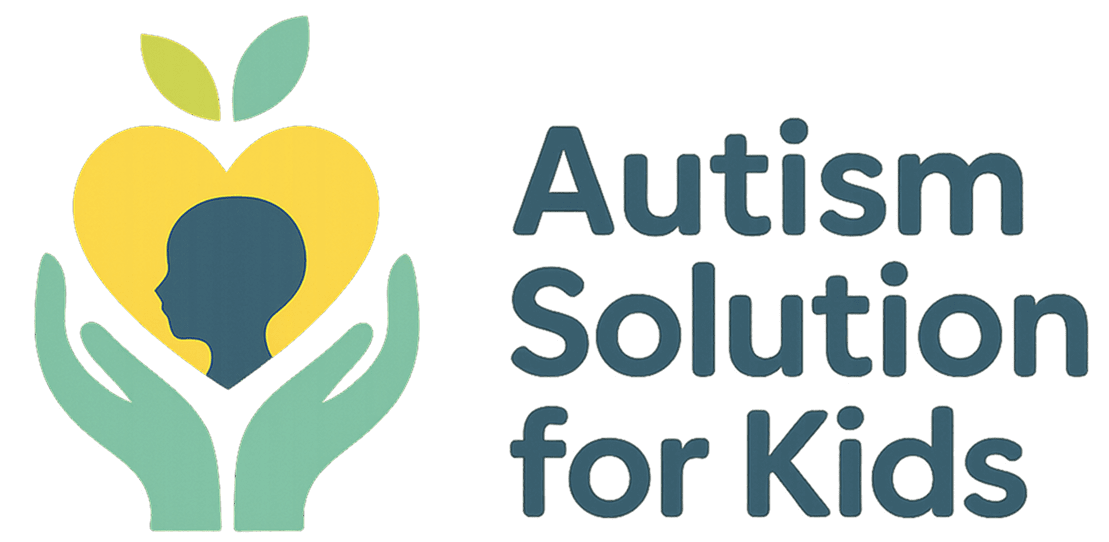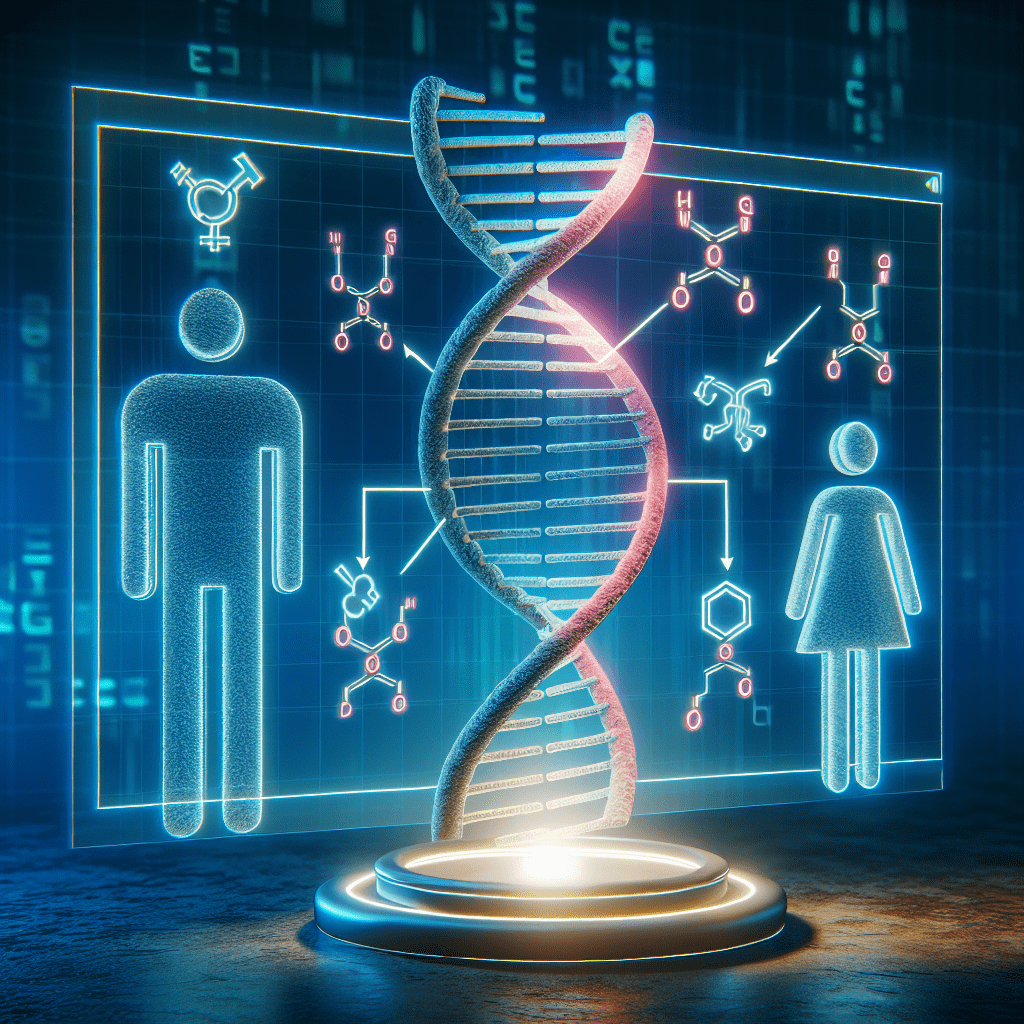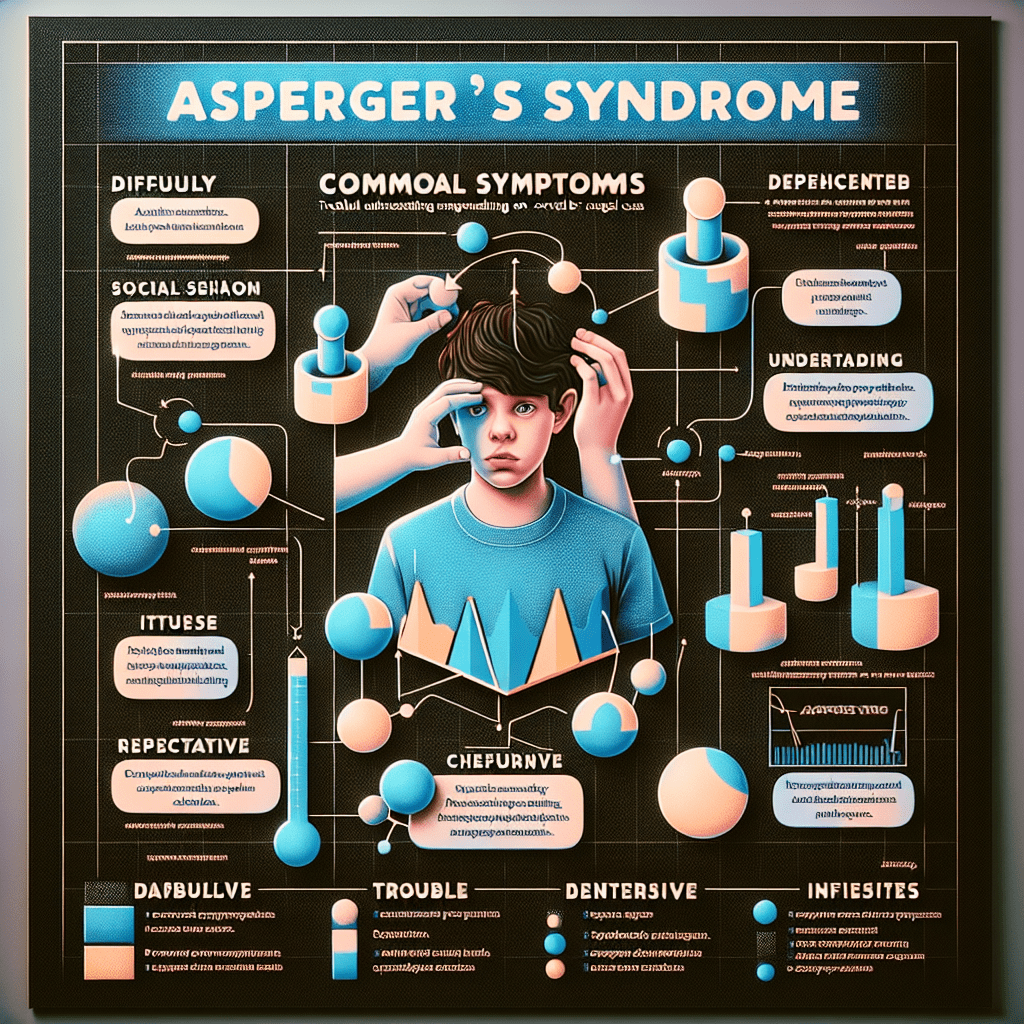Who Carries the Autism Gene, Mother or Father?
Have you ever wondered who carries the autism gene, mother or father? Autism Spectrum Disorder (ASD) has long puzzled scientists, parents, and medical professionals alike. With the rising prevalence of autism diagnoses over the past few decades, understanding the genetic basis of autism has become increasingly crucial. What does genetics tell us? Can we pinpoint which parent contributes more to this complex condition? Let’s dive deep into the science of genetics, autism, and the critical roles that both parents play in this intriguing puzzle.
The Genetic Landscape of Autism
So, who carries the autism gene, mother or father? The truth is, the genetics of autism is multifaceted and cannot be attributed to one single gene or parent. While researchers have identified multiple genes linked to autism, studies suggest that both maternal and paternal genes play significant roles. Understanding the intricate genetic landscape involves examining how genes interact and how environmental factors might influence gene expression.
Understanding Genetics and Autism
Genetics is the study of heredity and the variation of inherited characteristics. Autism is believed to be caused by a combination of genetic and environmental factors. The consensus among scientists is that genetics contribute to the risk of developing autism, but it’s not as straightforward as an “autism gene.” Instead, researchers have pinpointed numerous genes that may influence the likelihood of developing autism. For instance, genes involved in brain development, neuronal function, and synaptic connections can increase the risk when present in specific configurations.
A large-scale study published in *Nature* indicated that variants in genes related to brain development can arise from both parents. The research showed that not only the mother’s genes but also the father’s genetic contributions are crucial in understanding who carries the autism gene, mother or father? The paternal age also appears to be a risk factor, as older fathers might pass on new mutations that could increase the likelihood of autism in their children.
Several studies have highlighted that genetic risk factors can be inherited from either parent. For example, having a parent with autism significantly increases the chances of a child being diagnosed with ASD. Moreover, if one twin in a pair has autism, the other twin has a 36% chance of also being diagnosed if they are identical twins, showcasing the substantial genetic component involved.
The Role of Maternal Genetics
When we focus on the role of mothers in autism genetics, we find that maternal health and genetics play a key role in the likelihood of autism in offspring. Women’s genetic make-up can influence key developmental pathways and the neurodevelopment of their children. For example, maternal folate levels during pregnancy have been linked to autism risk. Deficiencies in folate can affect neural tube development and, later on, the formation of neural connections.
Maternal Factors Influencing Autism Risk
Research also unveils that the mother’s age at the time of pregnancy can influence genetic outcomes. Older maternal age has been associated with a slight increase in autism risk, partly due to potential age-related genetic mutations that may occur over time. Additionally, specific environmental factors related to maternal health—such as exposure to pesticides, certain medications, or infections during pregnancy—have also been investigated. Mothers who experience complications like gestational diabetes, pre-eclampsia, or any instance of immunological responses during pregnancy may also see their children at a higher risk of being on the spectrum.
Moreover, if a mother has a family history of autoimmune disorders, her children are at a heightened risk for autism. This correlation suggests that the mother’s genetics can set the stage for how certain genes express themselves in the offspring. There’s a compelling narrative weaving together maternal health, genetics, and environmental factors that elucidate how a mother may indeed carry a significant portion of the factors associated with autism.
Fathers and Genetic Contributions
So, who carries the autism gene, mother or father, when we consider fatherhood? The paternal contribution cannot be understated. Studies have indicated that paternal age can be a notable factor in autism risk, with older fathers having an increased likelihood of having children on the autism spectrum. This increased risk is attributed to the accumulation of mutations in sperm as men age. Each subsequent year decreases the quality of the sperm, leading to genetic changes that could ultimately result in developmental challenges.
Paternal Influences and Genetic Variation
There’s a fascinating element about fathers when it comes to genetics; they can introduce new mutations that have not been passed from the mother. These new mutations, called de novo mutations, can play a significant role in neurodevelopmental disorders, including autism. A study published in *The Lancet* discovered a correlation between paternal mutations and cases of autism, reinforcing the importance of the father’s genetic role.
Furthermore, research shows that certain genetic syndromes linked to autism can be inherited through paternal lines. For example, fragile X syndrome, which is a genetic condition that causes intellectual disabilities and is one of the known causes of autism, is inherited in a manner that often directly involves the father’s genetics. This further reinforces the importance of understanding who carries the autism gene: both mothers and fathers provide crucial genetic contributions.
Environmental Factors Beyond Genetics
Although the primary focus here is on the genetic factors related to autism, it’s essential to widen the lens to include environmental influences. Factors such as exposure to toxins, prenatal care, and maternal health play vital roles in the expression of genetic predispositions. Thus, it’s a combination of genetics and environmental influences that paint a fuller picture of who carries the autism gene, mother or father?
Understanding the Gene-Environment Interaction
The interaction between genetic and environmental factors is often termed ‘gene-environment interaction.’ For instance, while one child may have genetic predispositions for autism, supportive environments during early childhood could modify the expression of those genetic traits. It’s laid out in the epigenetic landscape, where certain genes can switch on or off due to environmental conditions. It’s a dance of sorts—a choreography of genes and surroundings that dictate development.
Research indicates that interventions and therapeutic approaches implemented early can have transformative effects. For example, behavioral therapy and early-stage interventions can significantly improve outcomes for children diagnosed with autism, showcasing that while genetics lays a foundation, the environment plays a crucial role in shaping development.
Conclusion
In summary, when we explore the question, “Who carries the autism gene, mother or father?” it quickly becomes clear that both parents play vital roles in contributing to a child’s risk for autism. The genetics of autism are intricate and involve a multitude of genes influenced by both maternal and paternal factors. Each parent’s genetic contributions are essential, and the interplay between genetics and environmental influences creates a complex landscape of development. Understanding autism through this lens encourages a broader perspective that recognizes the shared responsibility of both parents in the health and neurodevelopment of their children.
As research continues to evolve, so too will our understanding of autism’s genetic underpinnings and how we might better support affected individuals and families. The conversation is ongoing, and it is crucial to remain informed, engaged, and supportive.
FAQs
1. Can autism be inherited from one parent?
Yes, autism can be inherited, but it involves complex interactions between multiple genes from both parents. There’s no single gene responsible for autism; instead, it’s a combination of genetic factors from both the mother and the father.
2. How does paternal age affect autism risk?
Older paternal age has been associated with a greater likelihood of autism due to the accumulation of new mutations in sperm. As men age, their sperm may carry genetic changes that could contribute to neurodevelopmental disorders.
3. Are environmental factors important in autism?
Yes, environmental factors play a significant role in the development of autism. Elements such as maternal health, exposure to toxins, and prenatal care contribute to the likelihood of autism, adding to the complexity beyond just genetics.
4. Do siblings of children with autism have a higher risk?
Yes, siblings of children with autism have a higher risk of being diagnosed with the condition. Studies show that if one child is affected, the probability for siblings to be on the spectrum increases. It highlights the genetic factors at play.
5. Can early intervention help children with autism?
Absolutely! Early intervention, such as behavioral therapy or educational support, can significantly improve outcomes for children with autism. It’s critical to address challenges early to foster development and social skills effectively.





